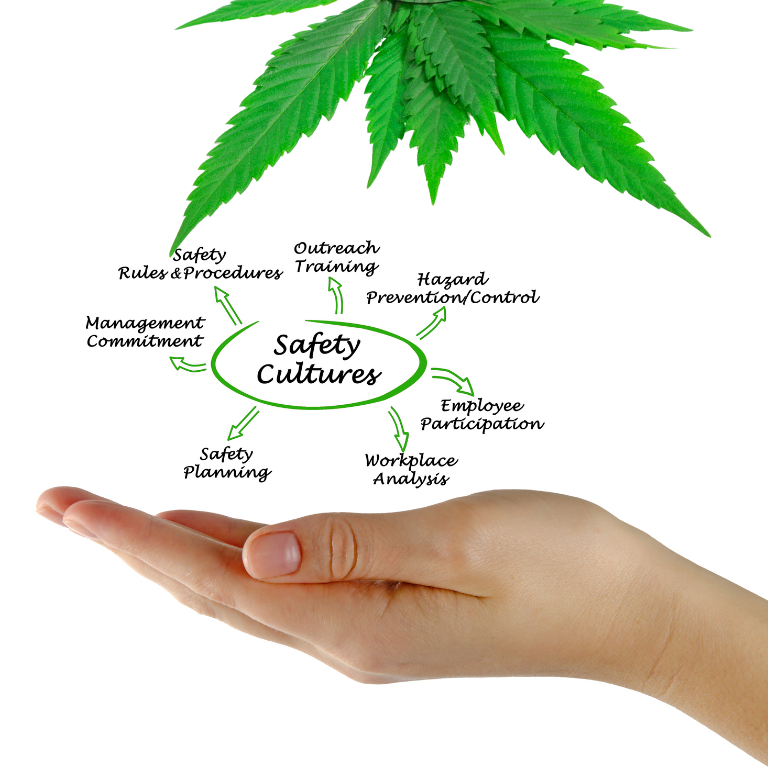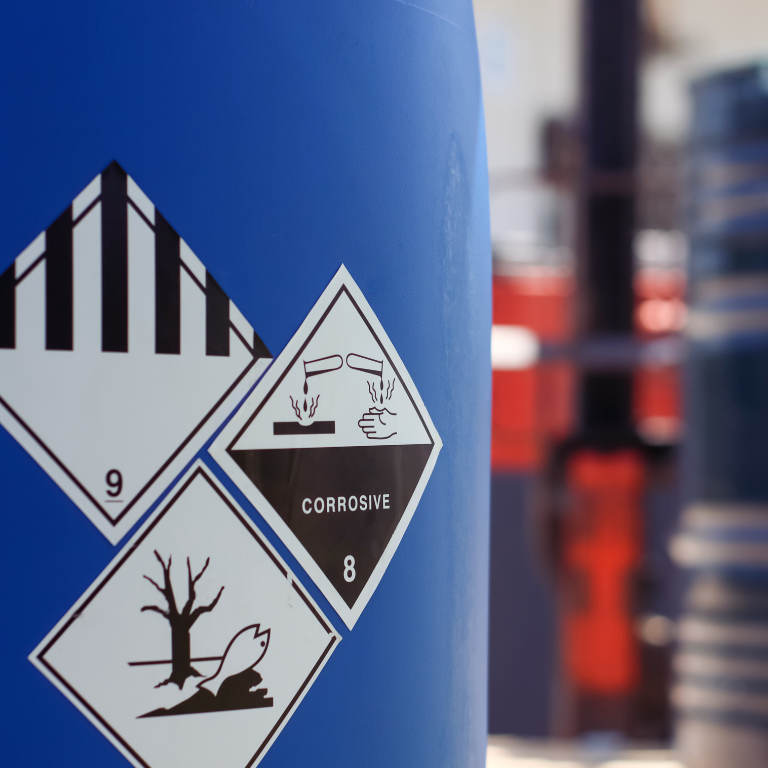Growing cannabis indoors requires significant energy consumption, and utility bills can quickly become a major expense. Avoid these ten costly mistakes to maximize efficiency and save money.
1. Using Inefficient Lighting
High-intensity discharge (HID) lights consume excessive electricity. Switching to energy-efficient LED grow lights can drastically reduce energy costs. LED lights not only use less energy but also generate less heat, reducing the need for additional cooling equipment. While the initial investment may be higher, the long-term savings make LEDs a smart choice for growers.
2. Ignoring Light Schedules
Leaving lights on longer than necessary wastes electricity. Properly timing light cycles (e.g., 18/6 for vegetative and 12/12 for flowering) ensures optimal plant growth while minimizing costs. Inconsistent lighting schedules can also stress plants, leading to stunted growth and lower yields. Investing in programmable timers helps automate the lighting cycle and improve efficiency.
3. Poor Ventilation and Air Circulation
Inefficient fans and ventilation systems overwork HVAC units. Investing in energy-efficient exhaust fans and filters improves air quality without excessive power use. Poor airflow can lead to mold growth and stagnant air, negatively impacting plant health. Positioning oscillating fans strategically around the grow space helps distribute fresh air evenly, promoting stronger plant development.
4. Overuse of Heating and Cooling Systems
Failing to regulate temperatures efficiently can lead to high HVAC costs. Using insulation, reflective materials, and automated climate controls reduces energy waste. Over-reliance on heating or cooling devices can be minimized by implementing passive temperature control methods, such as placing heat-resistant barriers around the grow room and using ventilation strategically to balance temperature fluctuations.
5. Not Managing Humidity Properly
Overusing dehumidifiers or humidifiers increases energy consumption. Proper airflow, well-placed fans, and moisture-absorbing materials help regulate humidity naturally. Growers should monitor humidity levels with hygrometers and adjust environmental controls accordingly. Grouping plants appropriately can also help maintain a stable humidity level, preventing excessive moisture buildup.
6. Choosing the Wrong Grow Space Size
Using a larger space than necessary leads to wasted energy on lighting and climate control. Scaling your grow area to match the number of plants optimizes efficiency. A well-planned grow space should ensure proper plant spacing while minimizing unused areas. Grow tents or partitioned sections within a larger room can help control the environment more effectively while saving on energy costs.
7. Running Equipment 24/7
Keeping fans, pumps, and air conditioners running constantly is unnecessary. Implementing timers and automated controllers prevents excessive energy use. Some equipment, like oscillating fans, may not need to run continuously and can be scheduled to cycle on and off as needed. Regular maintenance and cleaning of equipment also help improve efficiency and longevity.
8. Not Utilizing Renewable Energy Sources
Ignoring solar panels or other renewable energy options means missing out on cost savings. Investing in alternative energy sources can reduce dependence on expensive electricity. Small-scale solar panels can offset energy consumption for lighting and climate control systems. Additionally, some regions offer incentives and rebates for renewable energy adoption, making it a worthwhile investment.
9. Overwatering and Excessive Pump Use
Watering too frequently increases humidity and requires more dehumidification. Using an automated irrigation system with soil moisture sensors prevents waste. Overwatering can also lead to root rot and nutrient imbalances, further stressing plants and reducing efficiency. Drip irrigation systems and hydroponic setups with precise nutrient delivery can help optimize water use while maintaining plant health.
10. Ignoring Energy Consumption Monitoring
Failing to track utility usage results in unexpected expenses. Smart meters and energy monitoring tools help growers analyze consumption and make necessary adjustments. Regular energy audits can identify inefficiencies in power usage and highlight areas for improvement. Keeping a record of monthly electricity usage can help track patterns and make adjustments to lower costs.
Reducing utility bills in an indoor cannabis grow operation requires careful planning and energy-efficient practices. Avoid these mistakes, invest in modern technology, and implement best practices to keep costs under control while maximizing yields. By optimizing lighting, ventilation, and climate control strategies, growers can ensure a sustainable and cost-effective indoor growing environment.















